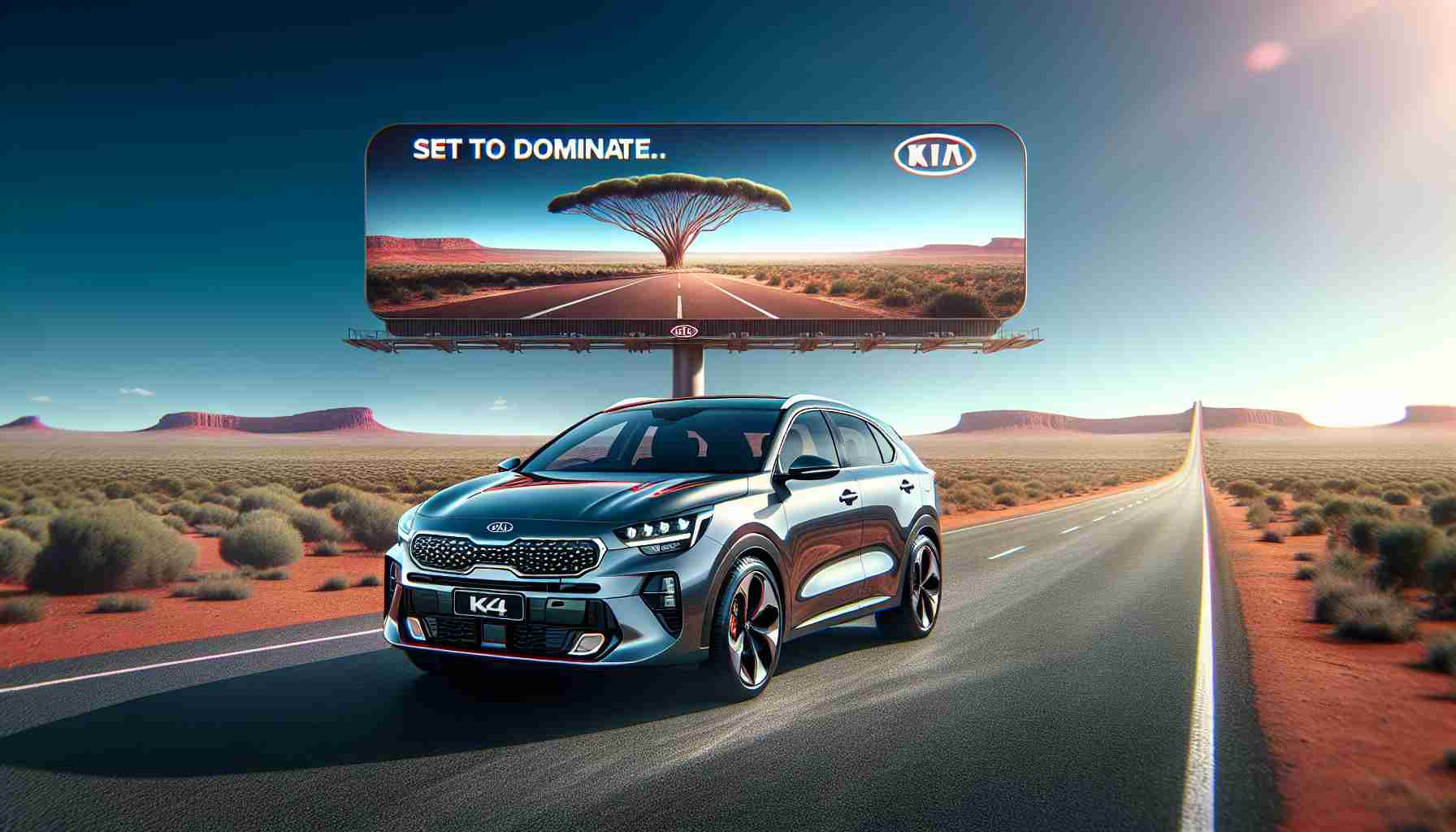The highly anticipated Kia K4 has officially arrived in Australia, taking on the mighty Toyota Corolla. Priced from just over $30,000, this new small sedan replaces the Cerato name and is ready to make waves in the competitive vehicle market.
Available in four trim levels, the K4 features two engine options: a 2.0-litre petrol and a powerful 1.6-litre turbo-petrol, positioning itself as a formidable opponent among small cars. But that’s not all. The popular hatchback version is expected to hit Australian shores by late 2025, potentially bringing along a fuel-efficient hybrid powertrain to sweeten the deal.
Although hybrid variants haven’t been confirmed for Australia yet, discussions are underway as environmental regulations push for lower emissions. The hybrid system is anticipated to mirror that of the Hyundai i30 Hybrid, promising impressive fuel efficiency at approximately 3.9 liters per 100 km.
General Manager of Product Planning at Kia Australia hinted at strategic factors influencing the rollout, explaining that the sedan was prioritized due to market demands in larger regions like the U.S.
As the K4 prepares for its launch in Australia, Kia anticipates that this model could replicate the success of its predecessor, contributing to projected sales of 90,000 units in 2025. With the Australian market keenly eyeing this release, the K4 is set to challenge the dominance of the Corolla and reshape the landscape of compact cars in the country.
Broader Implications of Kia K4’s Arrival in Australia
The launch of the Kia K4 in Australia not only signifies a new entrant in the highly competitive small sedan market but also highlights a shifting paradigm in consumer preferences that could have lasting implications for society and the economy. As the K4 takes aim at the Toyota Corolla, it reflects an increasing appetite for efficient, affordable vehicles that blend performance with sustainability. This shift towards more fuel-efficient vehicles could encourage a trend where automakers prioritize eco-friendly technologies, ultimately shaping future automotive innovations.
From a cultural perspective, the K4’s release heralds a potential awakening in the compact car segment, especially among younger buyers who value both cost-effectiveness and environmental accountability. The anticipated hybrid variant could further spark interest, especially in a country grappling with climate change implications and striving for lower emissions. It suggests a move towards greener transportation options, prompting a reevaluation of conventional vehicles in a market that has historically favored traditional fuel sources.
Additionally, the enhanced competition may impact the global economy, as automakers are forced to innovate rapidly. With Kia’s projections of high sales, the K4 could not only boost Kia’s market share but also influence pricing strategies across the segment, contributing to an evolving landscape of consumer choice and economic resilience. In this broader context, every new model introduces a fresh opportunity to set new industry standards that balance performance, affordability, and sustainability.
The Kia K4: A Game Changer in Australia’s Compact Car Market
Introduction
The highly anticipated Kia K4 has officially launched in Australia, stepping in to replace the Cerato and poised to take on tough competition like the Toyota Corolla. Priced from just over $30,000, this compact sedan aims to make a significant impact in the fiercely competitive vehicle market.
Key Features and Specifications
The Kia K4 is available in four trim levels, offering prospective buyers a range of options to suit their preferences and budget. The vehicle provides two engine choices, including:
– 2.0-litre petrol: A standard option for drivers seeking reliable performance.
– 1.6-litre turbo-petrol: A powerful alternative aimed at those looking for a more dynamic driving experience.
These specifications position the K4 as a formidable contender within the small car segment, making it an appealing choice for Australian consumers.
Hybrid Variant Insights
While the current launch features traditional petrol engines, there are discussions regarding the introduction of a hybrid version, similar to the Hyundai i30 Hybrid. Although not confirmed for Australia yet, potential hybrid options could offer remarkable fuel efficiency, anticipated to be around 3.9 liters per 100 km. This environmentally friendly approach is becoming increasingly relevant as regulatory standards push for lower emissions across all automotive markets.
Market Analysis and Predictions
Kia’s strategic planning appears to be informed by broader market trends and regional demands. The emphasis on launching the sedan variant first is a response to consumer preferences, particularly in larger markets such as the U.S. Kia Australia is optimistic that the K4 could replicate the success of its predecessor, potentially leading to projected sales of 90,000 units by 2025. With keen anticipation from the Australian market, the K4 is set to challenge the long-standing dominance of established models like the Corolla and could reshape the landscape of compact cars in the country.
Pros and Cons of the Kia K4
Pros:
– Competitive pricing starting at just over $30,000.
– Two engine options catering to different performance needs.
– Potential for a hybrid variant offering excellent fuel efficiency.
– Strong branding and reputation associated with Kia.
Cons:
– Hybrid models not yet confirmed for the Australian market.
– Availability of features may vary between trim levels.
– Competing against well-established rivals like the Toyota Corolla.
Conclusion
The Kia K4 has entered the Australian market with strong specifications and features designed to appeal to a wide range of consumers. With future prospects for hybrid models and a strategic approach to market introduction, this new sedan could redefine consumer choices in the compact car segment. As the automotive industry increasingly trends towards efficiency and sustainability, the K4’s impact will unfold in the coming years, challenging incumbents and capturing consumer interest.
For more information, visit Kia Australia.













